12 Effective Home Remedies To Get Rid Of Warts
Some ways to remove these harmless yet distracting skin growths are more effective than others.
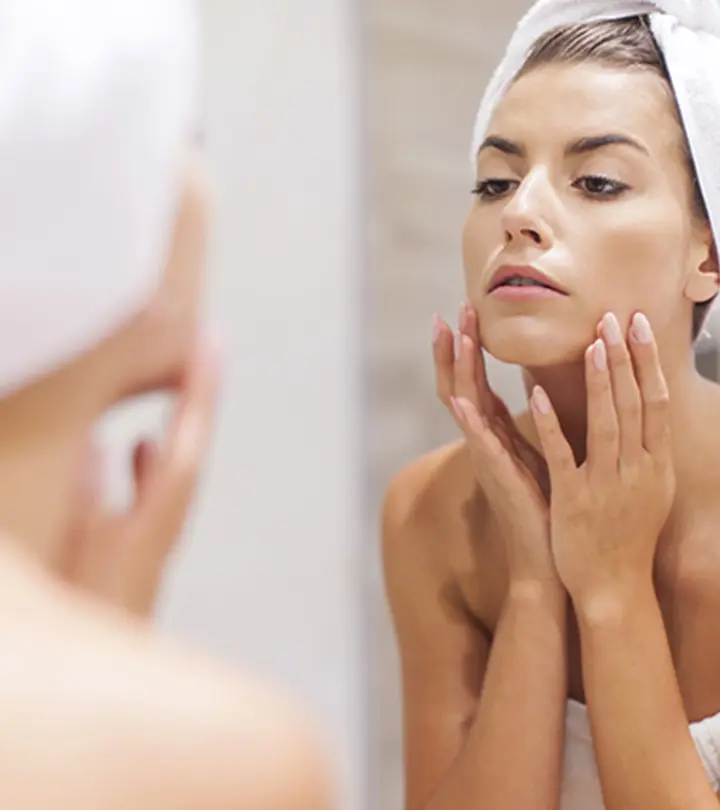
Image: Shutterstock
Warts are small little bumps on your body that, though harmless, can be annoying. While they are quite harmless, many people want to know how to get rid of warts using home remedies for cosmetic reasons.
Warts can appear on any part of your body, including your face, arms, legs, armpits, and even eyelids. They may alter your appearance and can affect your self-confidence and self-esteem. Also, getting rid of warts is not so easy unless you use some medications religiously for extended periods.
However, the natural remedies listed here can help reduce the itch, discomfort, and embarrassment to a certain extent. Read on to try a few and see the difference for yourself.
In This Article
What Are Warts?
Warts are small, bumpy outgrowths on the surface of your skin. They are caused by human papillomavirus (HPV). They can be painful, benign, and usually rough to the touch. Warts can be of a color close to your skin tone. They can occur on your face, neck, and limbs.
Warts vary depending on the part of the body they appear on and their appearance. The types of warts are discussed below.
Key Takeaways
- Warts are contagious, small outgrowths that appear on different parts of the body as a result of an HPV infection.
- Neem oil, beetle juice, and turmeric are some of the home remedies recommended to control warts as they are packed with compounds that may help fight the virus.
- However, it is advisable to avoid applying certain remedies on your face and genitals to prevent irritation or inflammation.
- It is advisable to consult your doctor in case you observe pus or blood-filled warts

What Are The Types Of Warts?
- Common Warts (Verruca vulgaris): These warts usually appear on your fingers and toes. Common warts have a rough texture and are rounded at the top with a grayish tinge.
- Plantar Warts: If you have a wart on the soles of your feet, you have a plantar wart or mosaic wart. What makes these warts different is that they grow into your skin. These warts can look like a hole in your foot surrounded by a layer of hard skin and can hurt when you walk.
- Flat Warts: If you have a wart on your face or arms, it is probably a flat wart. These warts are not easy to notice and are a lot smaller. Flat warts have a flatter appearance and may look pink or yellow.
- Filiform Warts: Sometimes, warts can grow around your mouth, nose, or near your neck. These warts look like a flap of skin and usually are of the same color as that of your skin.
- Periungual Warts: Warts that grow under your fingernails and toenails are called periungual warts and can be quite painful. Periungual warts can affect nail growth.
- Genital Warts: Warts that are transferred sexually are called genital warts. These warts appear as fleshy growths from the moist tissues of the genitals in both women and men.
Read on to find out where you are most likely to observe the occurrence of warts.
Where Can You Get A Wart?
Warts can appear on any part of your body. Warts can appear on your face, neck, hands, legs, and even under the fingernails and toenails. Sometimes, you may see warts around your genitals and inner thighs.
We will explore the cause of warts in the next section.
What Causes Warts?
Warts are a viral infection caused by the human papillomavirus (HPV). Some strains of the virus can be contracted via sexual contact. According to the World Health Organization’s estimation in 2017, the global prevalence of HPV among women was 11.7%. Sub-Saharan Africa has the highest prevalence rate (24%), followed by Latin America and the Caribbean (16.1%). Worldwide, men have a high prevalence of HPV (21%) than women.
In most cases, however, the virus spreads through physical contact and sharing of objects, such as towels. The virus gets into your body through a break in the skin surface, hangnaili A tiny, torn piece of skin hanging next to fingernails or toenails due to ingrown nails, dry skin, or nail biting. , or an open wound.
Biting your nails can also cause warts to spread on your hands and nails. It is interesting to note that every individual’s immune system responds to HPV differently. This means that not everyone who comes in contact with HPV develops warts (1).
Let us now understand how to determine if you have warts.
What Are The Symptoms Of Warts?
The signs and symptoms of common warts include:
- Appearance of small, rough bumps
- They could be of the same color as your skin or darker.
- Rough texture
- Presence of black spots on the wart, which are clotted blood vessels
Warts are contagious. Although they can disappear on their own, the process may take several weeks or months or even years.
If you want a faster solution or notice bleeding or pus, visit your doctor immediately.
When To See Your Doctor
Dermatologists usually suggest OTC medication for common warts. In case the wart does not go away after treatment, you will have to seek immediate medical help.
Seek medical intervention if the wart bleeds or if pus drains out of it. At this stage, your dermatologist will use a stronger treatment technique to facilitate the removal of the wart. Also, if you observe any changes in the appearance of the wart, such as color changes or rapid development, it is even more crucial to consult a doctor because these may be signs of a more serious problem that needs immediate attention.
Another point to note is that all warts are possibly ‘mother’ warts. This means that they can give rise to more warts. Therefore, it is necessary that you get rid of the wart as soon as you can.
Now that we have discussed all these points, it is time that we find out how you can deal with warts using simple home remedies. Read on to learn more.
Note: Do not try these remedies for warts on your face or genitals. In such cases, consult a doctor. Also, though there is little or no scientific evidence to back these remedies, anecdotal evidence suggests they are effective in removing warts.
Home Remedies To Get Rid Of Warts
1. Garlic
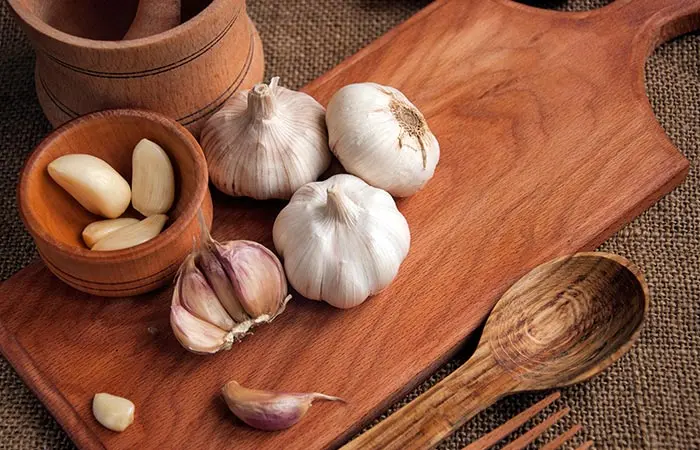
Garlic contains compounds that exhibit antiviral properties and inhibit the proliferation of virally infected cells (2). This may help in treating the viral infection that causes warts.
You Will Need
- 1-2 crushed cloves of garlic
What You Have To Do
- Crush the garlic cloves and apply the paste to the wart.
- You can keep the wart covered with a bandage.
How Often You Should Do This
Do this once daily for 2-3 weeks.
A sustainable life blogger from Canberra talks about garlic being her go-to remedy for warts: “In the last couple of years I have used garlic to encourage a couple of warts to make a quicker exit. And when I say quicker, I mean in under a week (i).”
2. Castor Oil
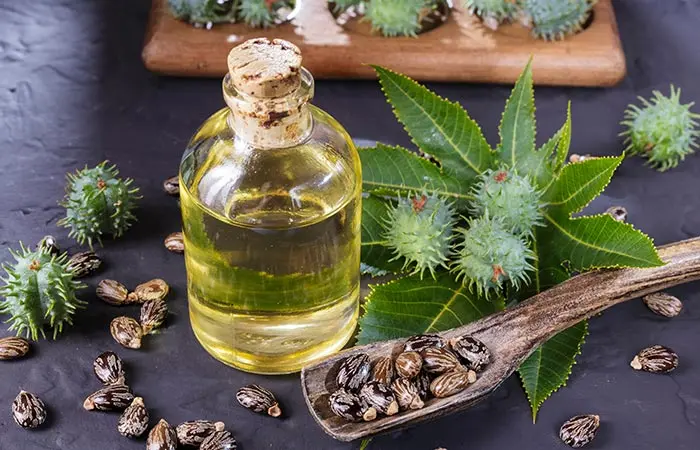
The ricinoleic acid in castor oil exhibits analgesic properties (3). These properties may help reduce the pain caused by the wart.
You Will Need
- 1 teaspoon of castor oil
- 2-3 drops of carrier oil
What You Have To Do
- Mix a teaspoon of castor oil with two to three drops of a carrier oil like coconut oil in a bowl.
- Apply it to the wart with a sterile cotton ball.
- Leave it on.
How Often You Should Do This
You can repeat this remedy 2 times daily.
3. Duct Tape
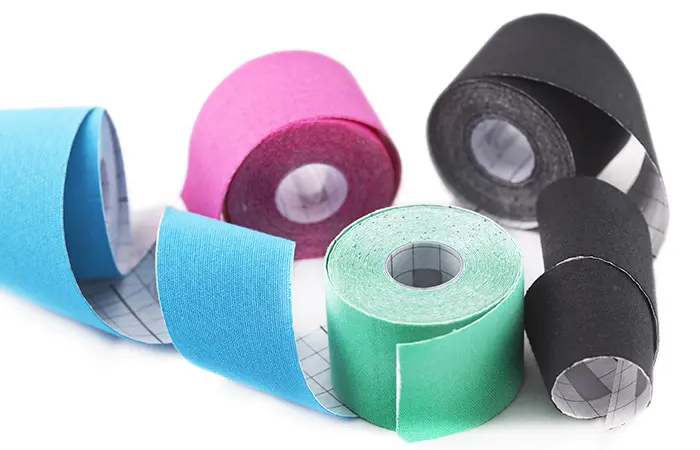
Duct tape is a medical adhesive tape that can help in removing warts. Research shows that duct tape method can be more effective than freezing the wart in cryotherapyi A process of cold therapy using extremely low temperatures to freeze and remove abnormal tissue and is used to treat skin conditions. in removing warts (4).
You Will Need
- 1 roll of duct tape
- A pumice stone
What You Have To Do
- Take a piece of duct tape and stick it on the wart.
- Change it every three to five days until it falls off on its own.
- Once it has fallen off, you can scrub the area with a pumice stone to clean any remnants of the wart.
How Often You Should Do This
Repeat this method every 3-5 days until the wart falls off on its own.
Caution: If you have sensitive skin, you must be careful in using the adhesive tape as it may cause skin irritation.
4. Lemon
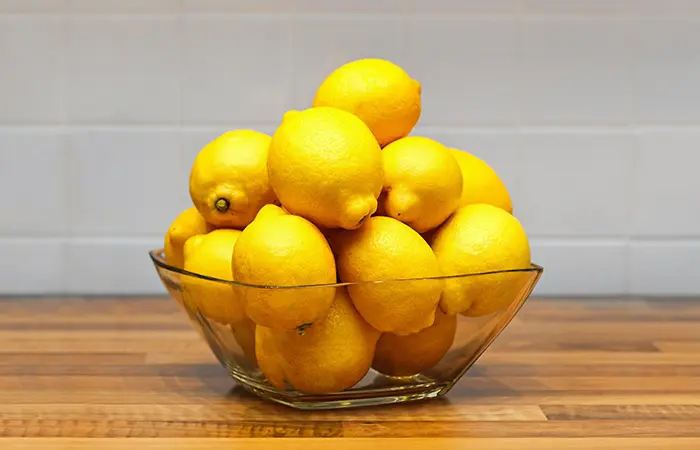
Citric acid is one of the main bioactive compounds of lemon juice. Citric acid possesses antimicrobial and anti-inflammatory properties that can help prevent further infection of the wart and reduce inflammation (if any) around the affected area (5).
You Will Need
- 1 lemon
- A few drops of water
What You Have To Do
- Squeeze a lemon to extract its juice.
- Dilute it using a few drops of water.
- Apply this solution to the wart using a clean cotton pad.
How Often You Should Do This
Repeat this method once daily for about 3-4 weeks.
 Quick Tip
Quick Tip5. Oregano Oil

Studies show that oregano oil contains a compound called carvacroli An aromatic chemical compound of many aromatic plants and used in the essential oils of oregano, thyme, and pepperwort. that possesses antibacterial properties (6), (7). This may help in fighting the infection caused by a wart.
You Will Need
- A sterile cotton ball or gauze
- 2-3 drops of oregano oil
What You Have To Do
- Take a sterile cotton ball and dab two to three drops of oregano oil on it.
- Place this on the infected site.
How Often You Should Do This
- Do this 3-4 times daily for a few weeks.
6. Tea Tree Oil
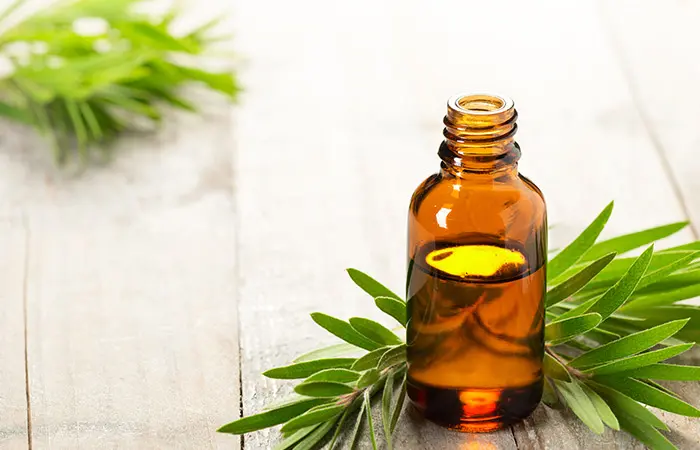
Using tea tree oil for warts is a very common practice among people who prefer natural remedies. It is a popular essential oil known for its potent antimicrobial properties (8). It can be used topically at the site of the wart to help prevent further infection.
You Will Need
- A sterile cotton ball or gauze
- 2-3 drops of tea tree oil
What You Have To Do
- Take a sterile cotton ball and dab two to three drops of tea tree oil on it.
- Place this on the wart.
How Often You Should Do This
Repeat 3-4 times daily until you see visible change at the site of the wart.
7. Thuja Oil
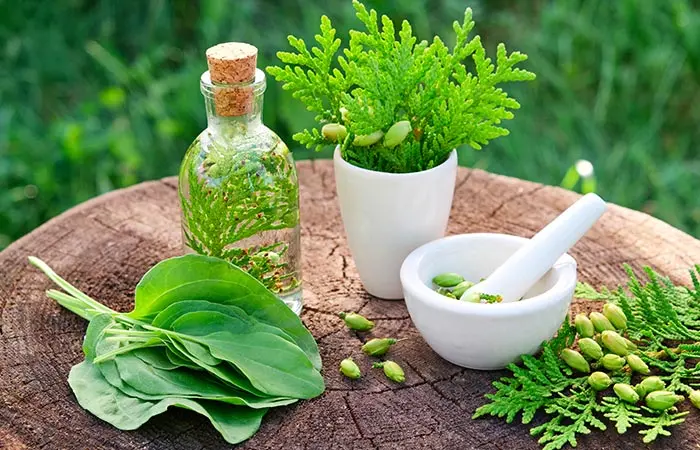
Thuja occidentalis or American arborvitae is widely used in homeopathy to treat warts. It exhibits antiviral properties that can help in treating the virus that is causing warts (9).
You Will Need
- 2-3 drops of thuja oil
- A clean cotton ball
What You Have To Do
- Dilute two to three drops of thuja oil with a few drops of carrier oil like olive oil.
- Dab this mixture onto a cotton ball and place it on the wart.
How Often You Should Do This
You can repeat this remedy 1-2 times daily.
8. Turmeric
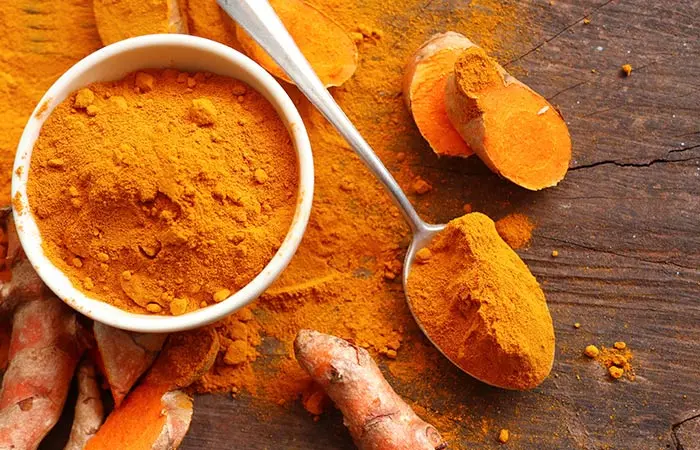
Turmeric contains curcumin, which has antimicrobial and antiviral properties that can help in clearing HPV infection (10).
You Will Need
- 1 teaspoon turmeric powder
- A few drops of carrier oil
What You Have To Do
- Add a few drops of a carrier oil to a teaspoon of turmeric powder to make a thick paste.
- Apply this paste generously on the site of the wart.
- You can keep it covered and use a pumice stone over the wart.
How Often You Should Do This
Repeat this procedure every 3-6 days until the wart falls off.
9. Beetle Juice
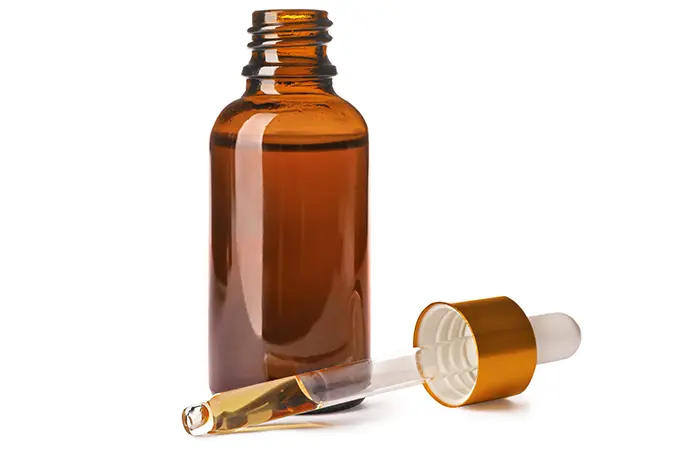
Beetle juice or cantharidin is a tried and tested remedy for treating warts. It causes a blister to form underneath the surface of the wart, slowly pushing it until it falls off (10).
You Will Need
- A bandage
- 2-3 drops of cantharidin
What You Have To Do
- Apply a few drops of cantharidin on the wart.
- Keep the area covered with a bandage.
- Check the site after a few days and repeat if needed.
How Often You Should Do This
Repeat this procedure every 3-6 days until the wart falls off.
Note: You may experience pain and tenderness in the affected site after using this remedy.
10. Neem Oil
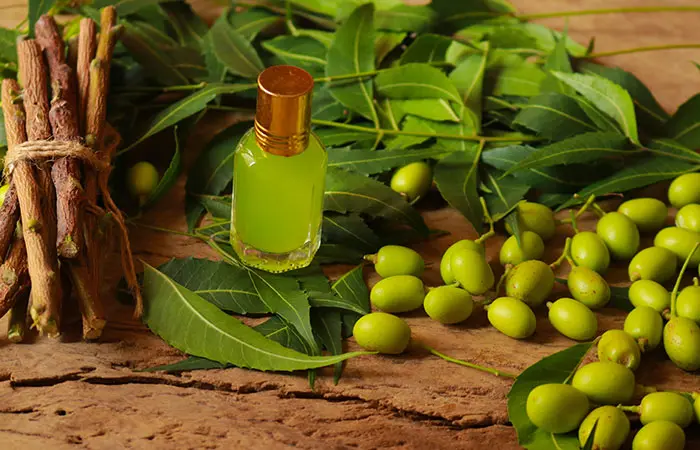
Neem is a popularly used home remedy for viral infections. It possesses antiviral properties that make it suitable to treat the viral infection that causes warts (11).
You Will Need
- 2-3 drops of neem oil
What You Have To Do
- Dab 2-3 drops of neem oil onto a cotton ball.
- Apply it on the wart and leave on for 20 minutes.
- Wash it off with water.
How Often You Should Do This
- Do this daily.
11. Vitamin A
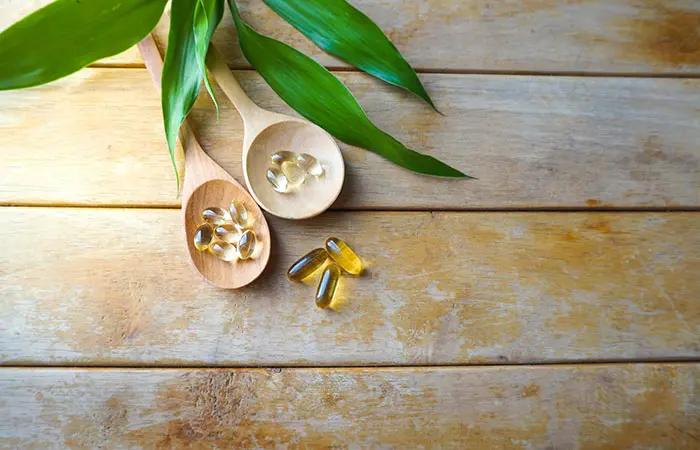
One effective and non-invasive method to treat warts is to use vitamin A topically. Topical application of vitamin A can help inhibit the replication of HPV replication by promoting the growth of skin tissue cells (12). However, more studies are needed to establish its effectiveness in treating common warts.
12. Ripe Banana Peel
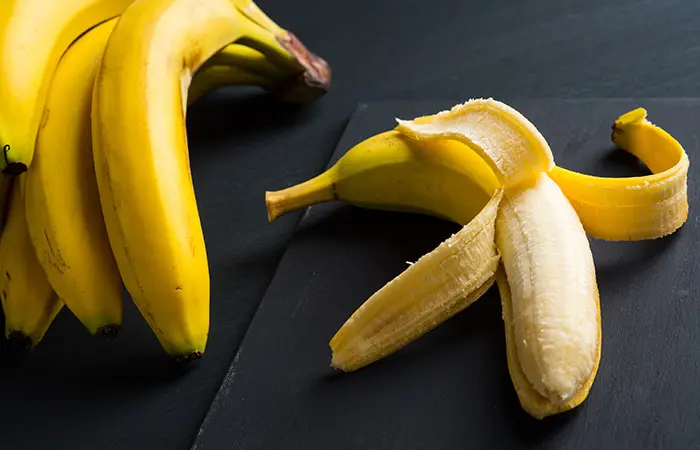
Several studies have shown that banana peels are rich in phenolic compounds (13). These bioactive compounds exhibit antiviral and antibacterial properties that can help in treating warts (14).
You Will Need
- Peel of a ripe banana
- Medical tape
What You Have To Do
- Cut a small square of a ripe banana peel and place it on the wart.
- Tape it in place with medical tape.
- You may use an emery board to scrape off the wart once it heals.
How Often You Should Do This
Repeat this process by changing the peel once a day for about two weeks.
Try any of these home remedies to get rid of warts. If you want to remove any wart medically, you can use over-the-counter products, especially those that contain salicylic acid. There are also many medical therapies, such as laser therapy, electrocautery, immunotherapy, as well as surgery. Below are a few tips to prevent the recurrence of warts.
How Can I Prevent The Occurrence Of Warts?
You cannot prevent warts, but you can always follow precautionary measures to reduce the chances of getting warts. Here are a few tips:
- Wash your hands regularly.
- Refrain from biting your nails or cuticles.
- Take care not to share personal items like towels and footwear.
- Keep your skin moisturized and free from cuts.
- Always keep your feet covered in public spaces like public showers or locker rooms.
 Quick Tip
Quick TipIt is advised to consult a healthcare professional when the aforementioned tips do not show results. They may suggest the following treatment options to manage warts.
Warts Treatment
Treatment strategies for warts include a spectrum of options according to the nature and severity of the condition.
Topical agents are often the initial choice. Salicylic acid is a common over-the-counter remedy for common warts as it boasts cure rates of 50-70% (15).
More resistant cases may need stronger treatments like cryotherapy, podophyllin, retinoic acid, interferon, topical 5-fluorouracil, and imiquimod. Cidofovir, originally designed for CMV infections, has shown promise in treating stubborn warts, particularly in those with recurrent outbreaks (15).
Additionally, your doctor may explore systemic treatments like cimetidine and retinoids to treat warts. Surgical options like laser therapy, electrodesiccation, and excision are reserved for complex or recurrent cases (15).
Infographic: 6 Ways To Get Rid Of Warts
Warts are small bumps that are caused due to a HPV infection and require medical attention. Along with using your topical creams under the supervision of your healthcare provider, you can also use a couple of home remedies to manage and control their appearance. Check out the infographic below to learn more about some effective ways to manage these warts naturally.

Illustration: StyleCraze Design Team
Warts are caused by the HPV virus and can appear on different body parts, including the face, limbs, soles of the feet, and genitalia. While they may go away on their own after a certain time, they are contagious and may give rise to other warts on the body, so it is best to remove them. The answer to the question ‘how to get rid of warts?’ lies in the use of medicated ointments, surgical procedures, or home remedies. Anecdotal evidence supports the use of garlic, lemon, castor oil, duct tapes, oregano oil, and tea tree oil, among other practices. The home remedies are considered safe, but not all of them are recommended for warts present on the facial or genital areas. If you have a wart that is bleeding or filled with pus, you need to seek medical attention.
Frequently Asked Questions
Can normal vinegar remove warts?
Dr. Anju Methil, MBBS, DVD, MD (Dermatology), says, “There may be some anecdotal evidence that vinegar works to remove warts, but scientific research has not yielded conclusive proof of its efficacy. The acids in vinegar cause redness and pain in healthy skin and will slow down the healing process.”
Can aloe vera remove warts?
Dr. Anju says, “Aloe vera has the effect of anti-inflammatory and wound healing. However, as scientific studies have not shown strong evidence for this, they are not seriously considered.”
Are warts contagious?
Yes. Research shows that warts can spread easily by skin-to-skin contact. However, not all strains of HPV are contagious, and not everyone reacts to HPV in the same way.
Can warts spread from one part of my body to another?
Yes, warts can spread from one part of your body to another. Do not touch your warts repeatedly and wash your hands thoroughly after tending to warts.
Why do some warts have black dots in them?
The black specks on warts are blood vessels that supply them with oxygen.
How long do warts last untreated?
If left untreated, warts can last for a year or two. While your body fights off the viral infection that causes warts, you must remember not to pick at them as it can spread to other parts of your body.
How do I know when to stop treating a wart?
When the wart falls off, and the skin surface resembles the surrounding skin texture and appearance, you can stop the treatment.
What happens if a wart bleeds?
If a wart bleeds or if pus drains out of it, you must seek immediate medical help.
Does clear nail polish get rid of warts?
Anecdotal evidence claim that clear nail polish may cut the air supply to warts, eventually removing them. However, this isn’t a scientifically proven method.
Can a wart turn cancerous?
No, warts never turn cancerous. However, abnormal-looking skin moles may sometimes indicate cancer. Therefore, it is important to know if you have warts or moles.
Is it OK to pick a wart?
No, picking a wart may lead to injury and bleeding.
Can you put toothpaste on a wart?
Some people apply toothpaste on warts to reduce their size. However, it is not a safe and effective way to remove warts.
Illustration: Effective Home Remedies To Get Rid Of Warts
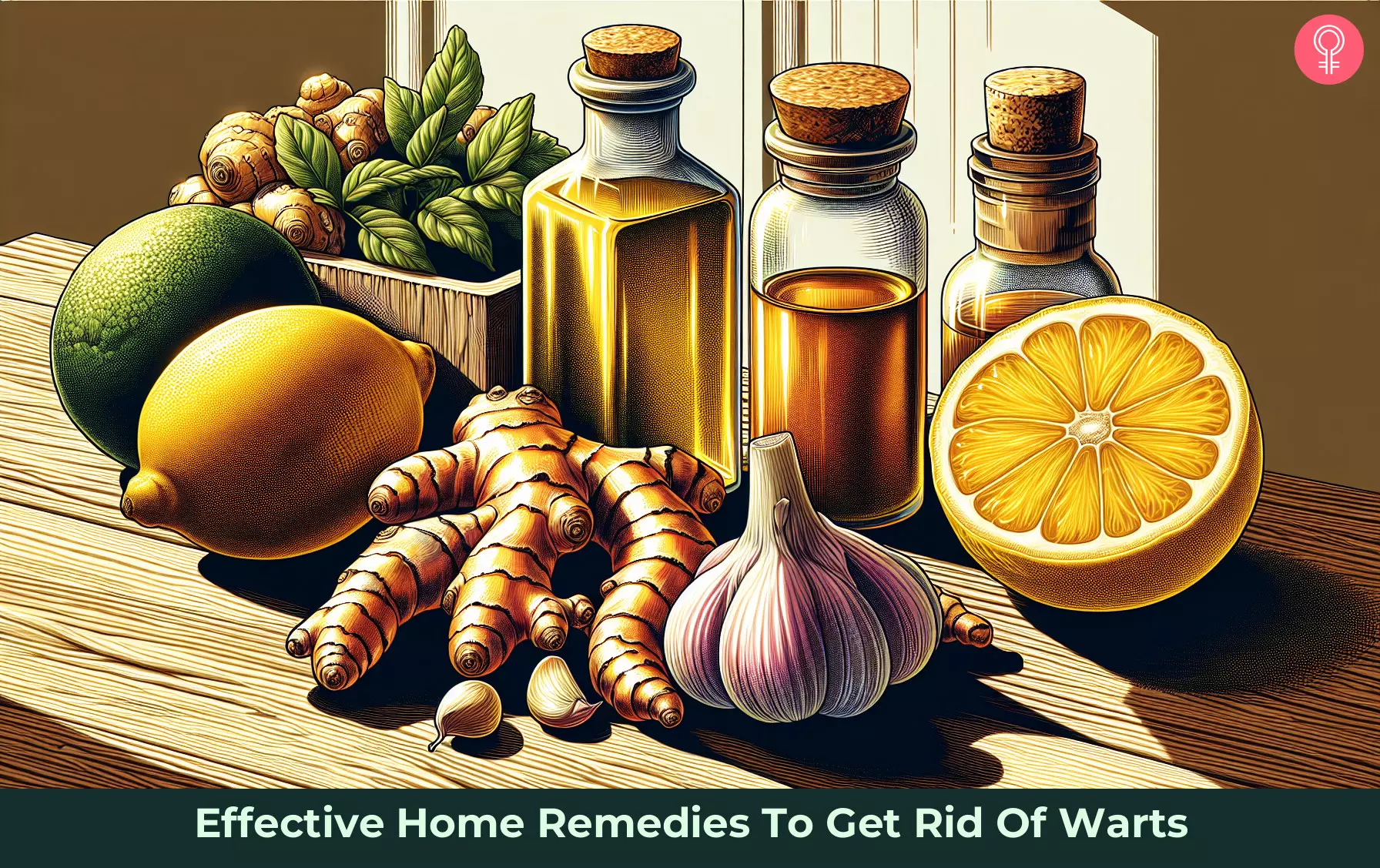
Image: Dall·E/StyleCraze Design Team
Learn how to get rid of warts easily! Discover simple and effective treatments to help you treat warts by clicking on the video below.
Personal Experience: Source
StyleCraze's articles are interwoven with authentic personal narratives that provide depth and resonance to our content. Below are the sources of the personal accounts referenced in this article.
i. 101 uses for garlichttps://areexaminedlife.wordpress.com/tag/garlic/
References
Articles on StyleCraze are backed by verified information from peer-reviewed and academic research papers, reputed organizations, research institutions, and medical associations to ensure accuracy and relevance. Read our editorial policy to learn more.
- “Warts (non-genital)” BMJ Clinical Evidence, US National Library of Medicine, National Institutes of Health.
- “A clinical study of efficacy of garlic extract versus cryotherapy in the treatment of male genital wart” Dermatologica Sinica, ScienceDirect.
- “Therapeutic role of Ricinus communis L. and its bioactive compounds in disease prevention and treatment” Asian Pacific Journal of Tropical Medicine.
- “The efficacy of duct tape vs cryotherapy in the treatment of verruca vulgaris (the common wart).” Archives of Pediatric and Adolescent Medicine, US National Library of Medicine, National Institutes of Health.
- “Evaluation of the efficacy of 50% citric acid solution in plane wart treatment” Indian Journal of Dermatology.
- “A study of the minimum inhibitory concentration and mode of action of oregano essential oil, thymol and carvacrol.” Journal of Applied Microbiology, US National Library of Medicine, National Institutes of Health.
- “Antimicrobial activity of essential oils and carvacrol, and synergy of carvacrol and erythromycin, against clinical, erythromycin-resistant Group A Streptococci” Frontiers in Microbiology, US National Library of Medicine, National Institutes of Health.
- “Tea Tree Oil (Melaleuca alternifolia)-An Efficient Treatment for Warts: Two Case Reports” International Archives of Biomedical and Clinical Research, ResearchGate.
- “Successful treatment of verruca vulgaris with Thuja occidentalis in a renal allograft recipient” Indian Journal of Nephrology, US National Library of Medicine, National Institutes of Health.
- “Clearance of cervical human papillomavirus infection by topical application of curcumin and curcumin containing polyherbal cream: a phase II randomized controlled study.” APJCP, US National Library of Medicine, National Institutes of Health.
- “Neem: A Tree For Solving Global Problems.” US National Library of Medicine, National Institutes of Health.
- “Topical vitamin A treatment of recalcitrant common warts” Virology Journal, US National Library of Medicine, National Institutes of Health.
- “Bioactive compounds in banana fruits and their health benefits” Food Quality and Safety, ResearchGate.
- “Antibacterial and phytochemical analysis of Banana fruit peel” IOSR Journal of Pharmacy.
- “Warts”, US National Library of Medicine, National Institutes of Health.
Read full bio of Dr. Millie Lytle
- Dr. Anju Methil, MD, DDV, is a cosmetologist and dermatologist with nine years of experience in the field. She specializes in injections and fillers for non-surgical facial contouring and has trained under top dermatologists and plastic surgeons across the world. Dr. Methil completed her postgraduation in Dermatology from DY Patil Hospital, Mumbai, and has received many awards for her contribution to cosmetic medicine.
 Dr. Anju Methil, MD, DDV, is a cosmetologist and dermatologist with nine years of experience in the field. She specializes in injections and fillers for non-surgical facial contouring and has trained under top dermatologists and plastic surgeons across the world. Dr. Methil completed her postgraduation in Dermatology from DY Patil Hospital, Mumbai, and has received many awards for her contribution to cosmetic medicine.
Dr. Anju Methil, MD, DDV, is a cosmetologist and dermatologist with nine years of experience in the field. She specializes in injections and fillers for non-surgical facial contouring and has trained under top dermatologists and plastic surgeons across the world. Dr. Methil completed her postgraduation in Dermatology from DY Patil Hospital, Mumbai, and has received many awards for her contribution to cosmetic medicine.
Read full bio of Shaheen Naser
Read full bio of Anjali Sayee
Read full bio of Monomita Chakraborty






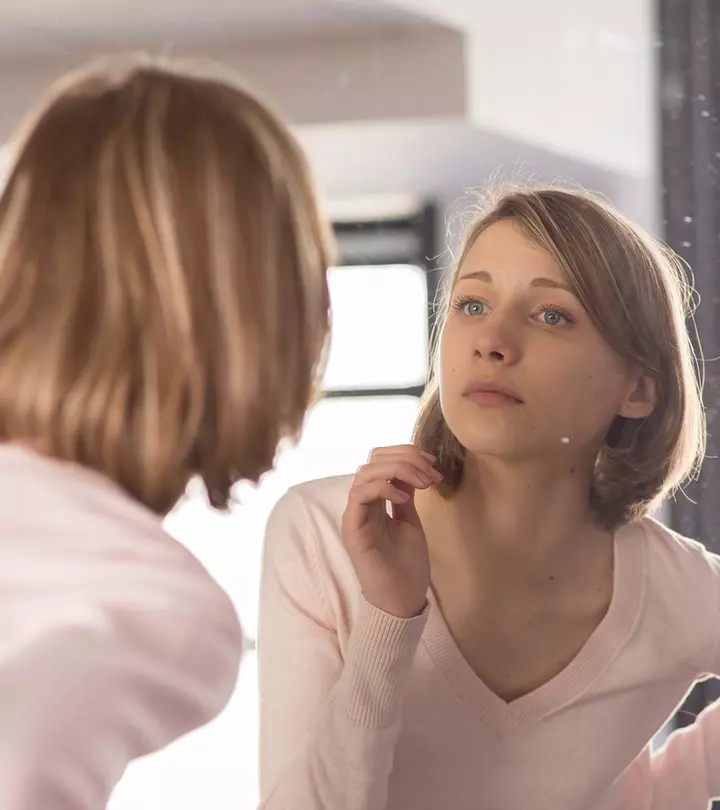
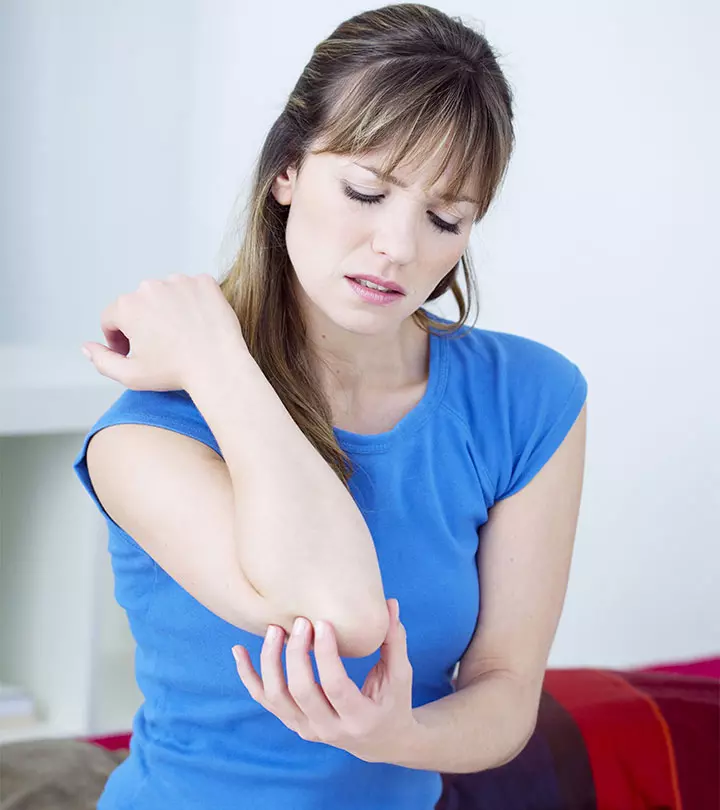
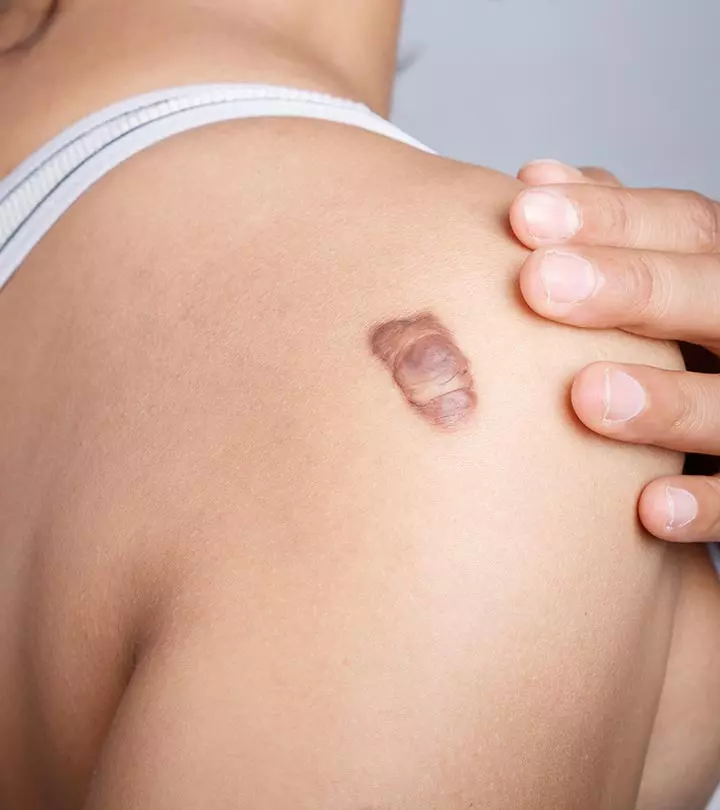
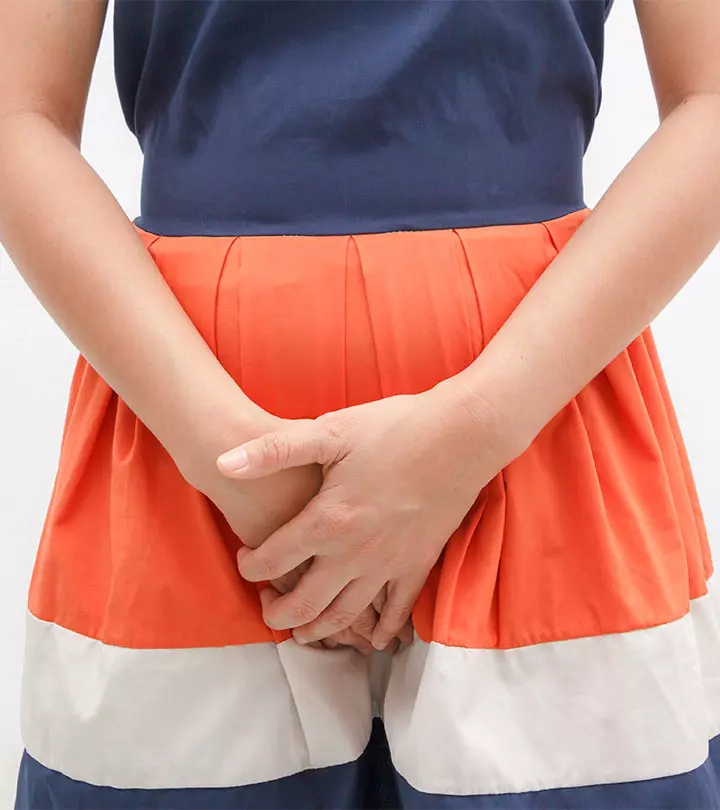
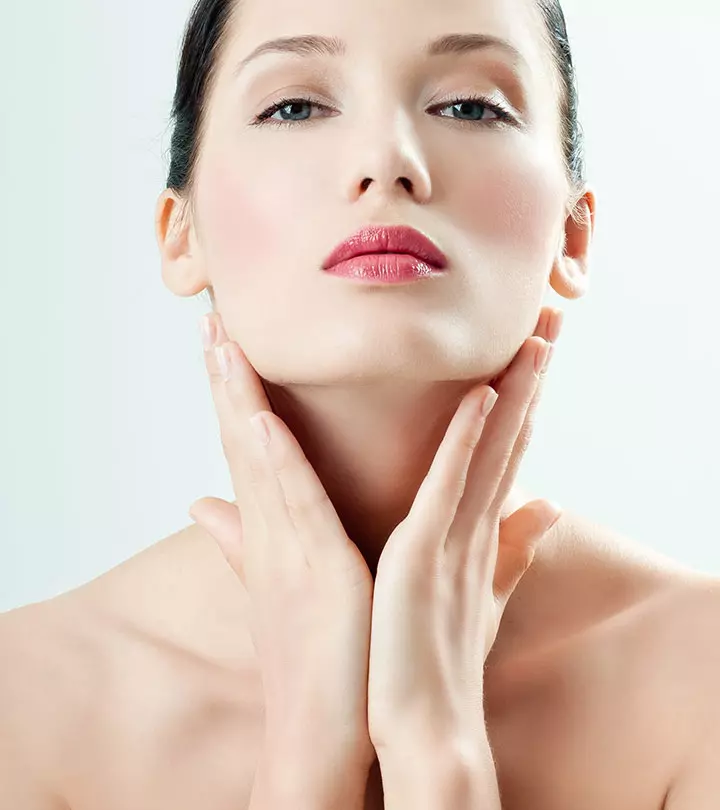
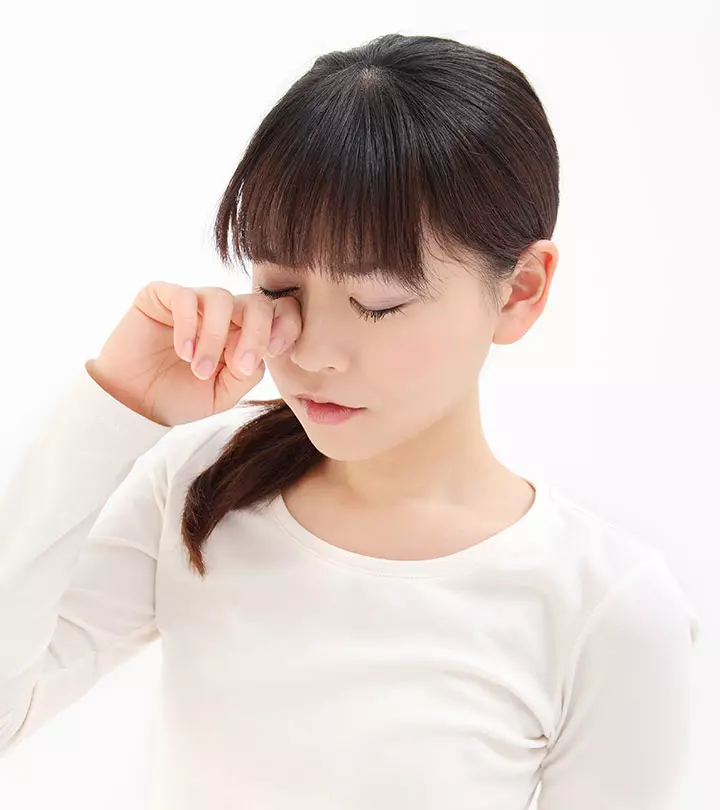
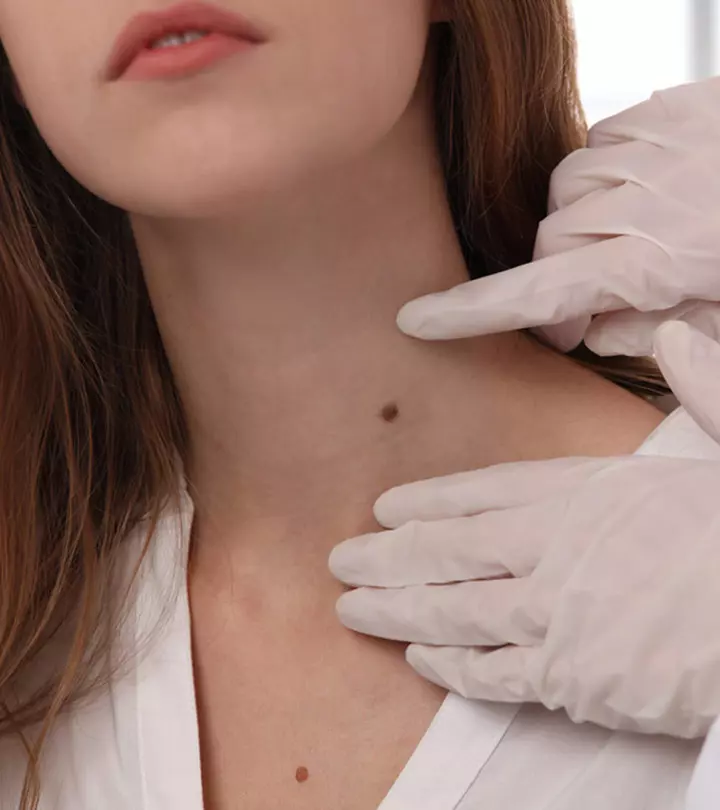
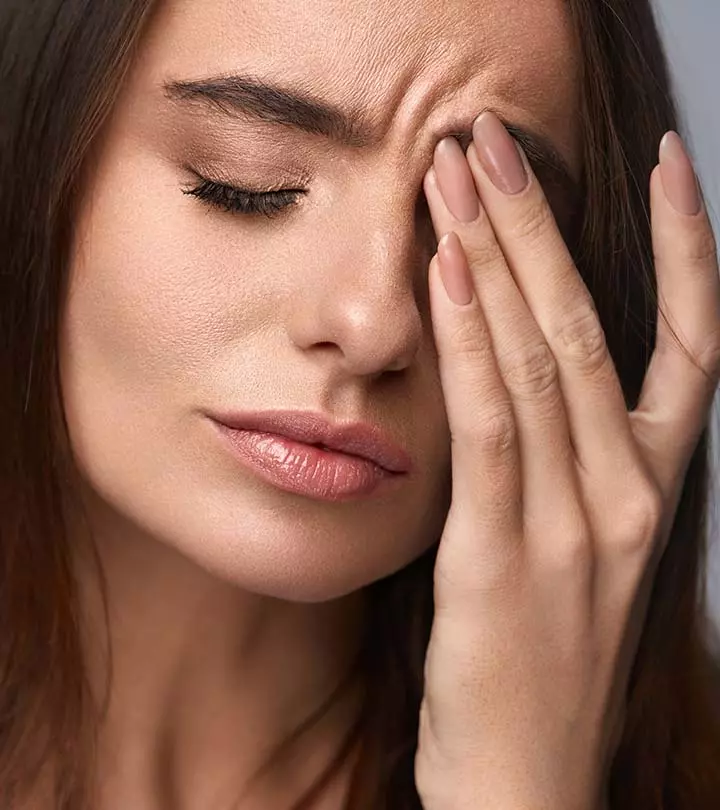

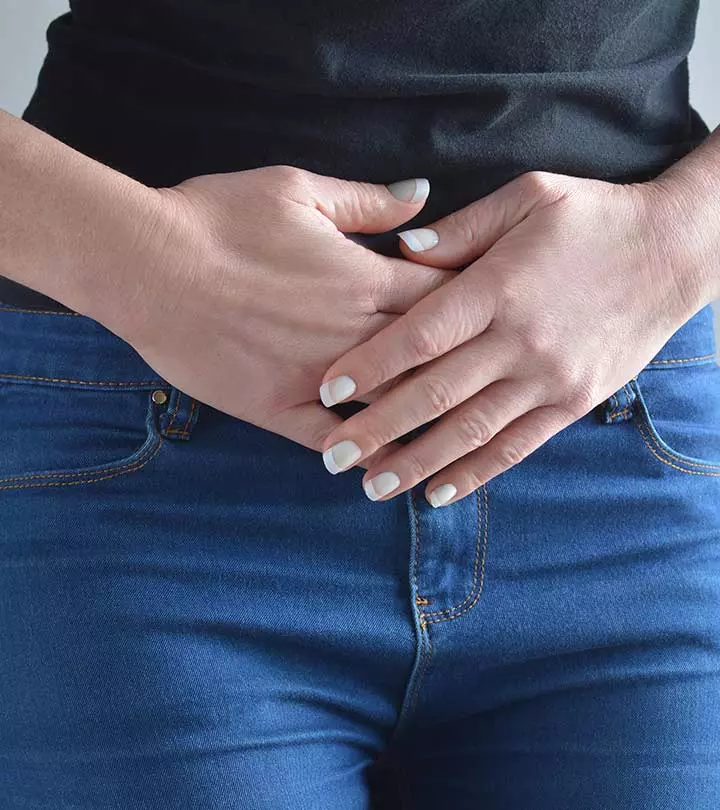

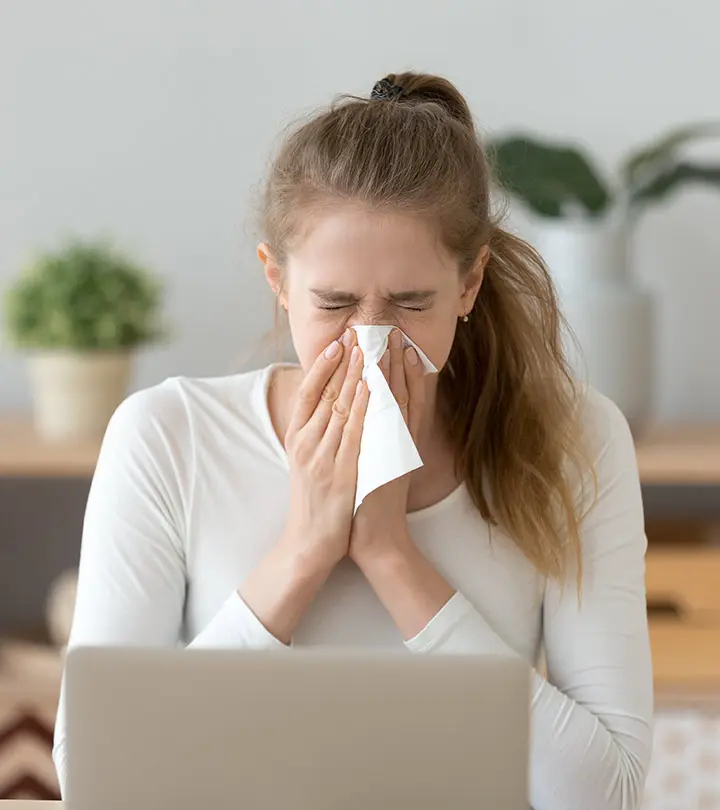

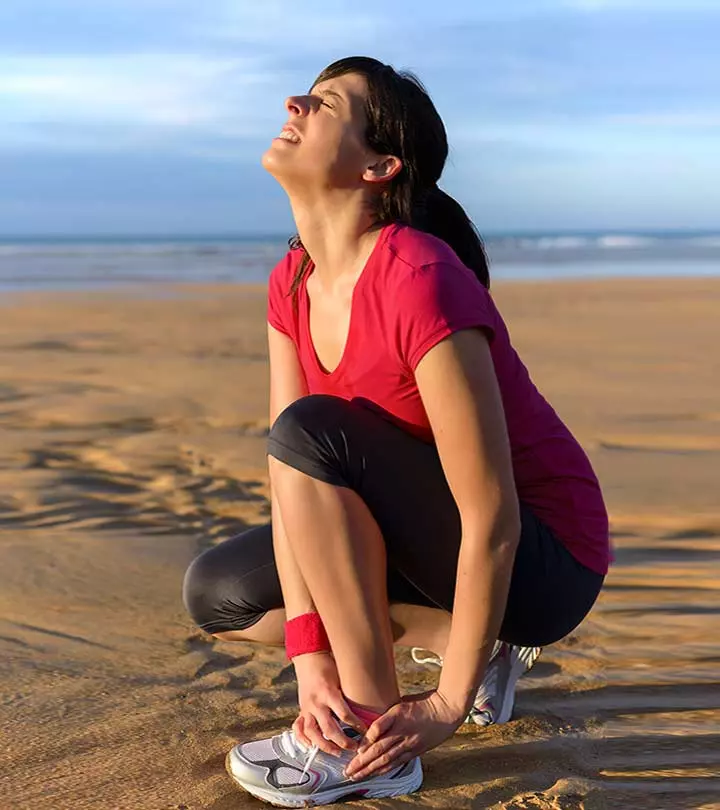




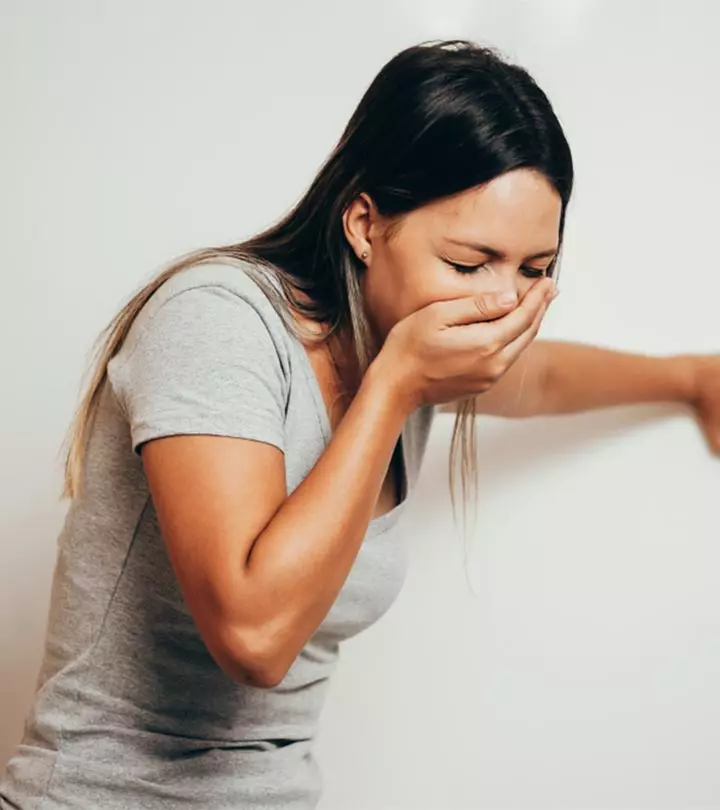
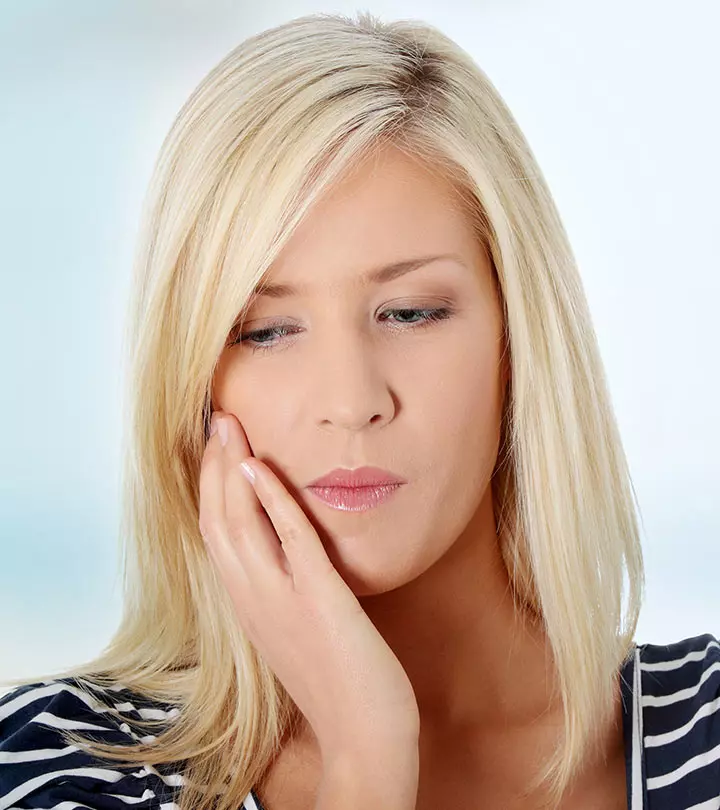
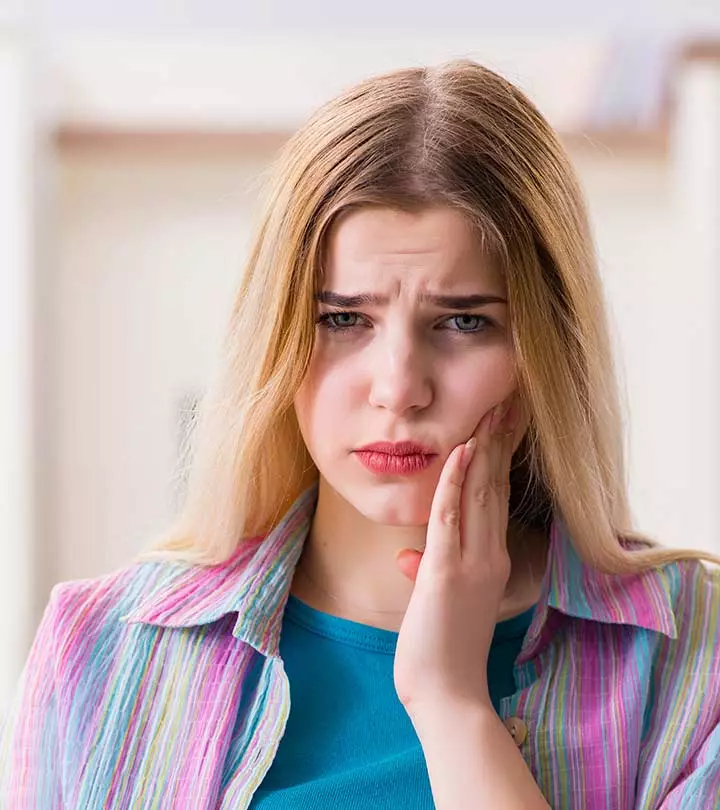
Community Experiences
Join the conversation and become a part of our empowering community! Share your stories, experiences, and insights to connect with other beauty, lifestyle, and health enthusiasts.